When To Use Polarizing Filter On Camera?
Photography is an art that requires not only a good eye but also the right tools to capture the perfect shot. One such tool that can significantly enhance your photos is a polarizing filter. Understanding when and how to use a polarizing filter can make a substantial difference in the quality of your images. In this article, we will delve into the various scenarios where a polarizing filter can be beneficial, how it works, and practical tips for its use.
Understanding Polarizing Filters

A polarizing filter is a piece of optical glass that attaches to the front of your camera lens. It works by filtering out certain light waves, specifically those that are polarized. Polarized light waves are those that have been reflected off surfaces like water, glass, or even the atmosphere. By filtering out these waves, a polarizing filter can reduce glare, enhance colors, and increase contrast in your photos.
When to Use a Polarizing Filter
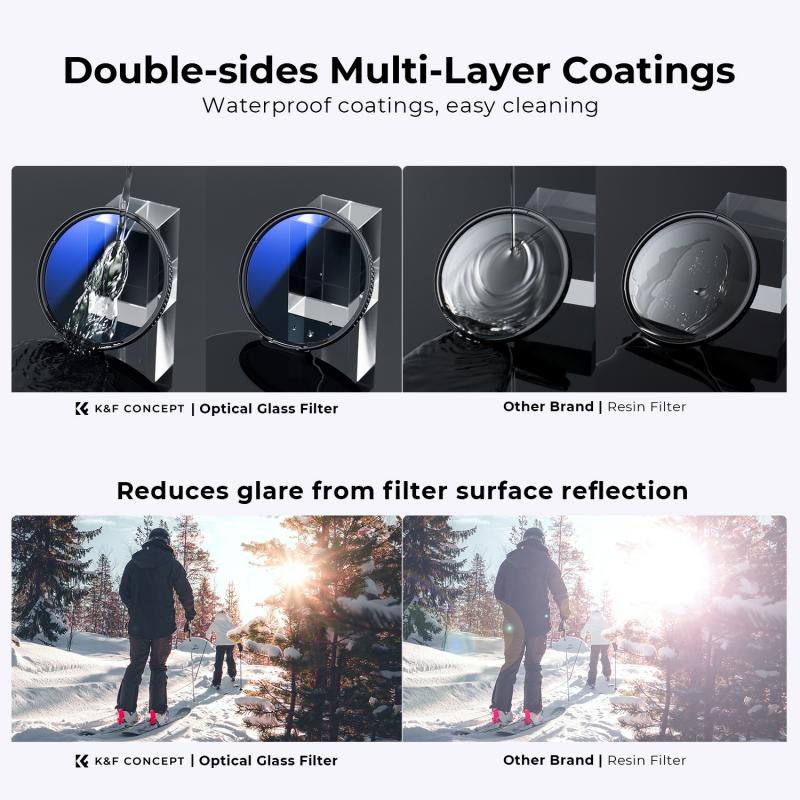
1. Reducing Glare and Reflections
One of the most common uses of a polarizing filter is to reduce glare and reflections. This is particularly useful when photographing water bodies, glass surfaces, or any other reflective surfaces. For instance, if you are taking a picture of a lake, a polarizing filter can help you see through the water surface, capturing the underwater details that would otherwise be obscured by glare.
2. Enhancing Sky and Clouds
A polarizing filter can make a significant difference when photographing landscapes, especially skies. It can deepen the blue of the sky and make the clouds stand out more vividly. This effect is most pronounced when the sun is at a 90-degree angle to your camera. The filter works by reducing the scattered light in the atmosphere, thereby increasing the contrast between the sky and the clouds.
3. Improving Color Saturation
Colors can often appear washed out in bright sunlight. A polarizing filter can enhance the saturation of colors, making them appear more vibrant. This is particularly useful in landscape photography, where you want to capture the rich hues of nature. Whether it's the green of the trees, the blue of the sky, or the red of a sunset, a polarizing filter can make these colors pop.
4. Reducing Haze
Haze can be a significant issue in landscape photography, especially when shooting distant subjects. A polarizing filter can cut through the haze, providing a clearer and sharper image. This is particularly useful in mountainous regions or urban landscapes where pollution can create a hazy atmosphere.
5. Photographing Rainbows
Rainbows are a beautiful natural phenomenon, but they can be challenging to capture accurately. A polarizing filter can enhance the colors of a rainbow, making them more vivid and distinct. By adjusting the filter, you can control the intensity of the colors, capturing the rainbow in all its glory.
Practical Tips for Using a Polarizing Filter

1. Adjusting the Filter
A polarizing filter is typically a circular filter that can be rotated. The effect of the filter changes as you rotate it, so it's essential to adjust it while looking through the viewfinder or the camera's LCD screen. Rotate the filter until you achieve the desired effect, whether it's reducing glare, enhancing colors, or deepening the sky.
2. Using the Filter in Low Light
While a polarizing filter can be incredibly useful, it also reduces the amount of light entering the lens. This can be a disadvantage in low-light conditions. Therefore, it's essential to be mindful of your exposure settings. You may need to increase the ISO or use a slower shutter speed to compensate for the reduced light.
3. Combining with Other Filters
A polarizing filter can be used in conjunction with other filters, such as neutral density (ND) filters. This can be particularly useful in landscape photography, where you may want to reduce the light entering the lens while also enhancing colors and reducing glare. However, be cautious of vignetting, which can occur when stacking multiple filters.
4. Cleaning and Maintenance
Like any other piece of camera equipment, a polarizing filter requires proper care and maintenance. Keep the filter clean and free of smudges, as dirt and fingerprints can affect the quality of your photos. Use a microfiber cloth and lens cleaning solution to keep the filter in pristine condition.
Common Misconceptions About Polarizing Filters

1. Polarizing Filters and Digital Cameras
Some photographers believe that polarizing filters are unnecessary for digital cameras because of post-processing software. While it's true that software can enhance colors and contrast, it cannot replicate the effect of a polarizing filter in reducing glare and reflections. Therefore, a polarizing filter remains a valuable tool for digital photography.
2. Using Polarizing Filters Indoors
Polarizing filters are generally not useful indoors unless you are dealing with specific reflective surfaces like glass or water. In most indoor settings, the benefits of a polarizing filter are minimal, and it may even reduce the quality of your photos by cutting down on available light.
3. One Size Fits All
Not all polarizing filters are created equal. They come in different sizes to fit various lens diameters, and the quality can vary significantly between brands. Investing in a high-quality polarizing filter can make a substantial difference in your photography.
A polarizing filter is an indispensable tool for any photographer looking to enhance their images. Whether you're aiming to reduce glare, enhance colors, or improve contrast, understanding when and how to use a polarizing filter can elevate your photography to the next level. By following the practical tips outlined in this article, you can make the most of this versatile accessory and capture stunning, high-quality photos.


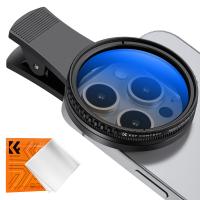

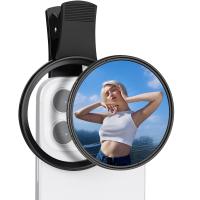

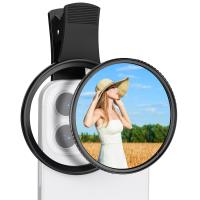
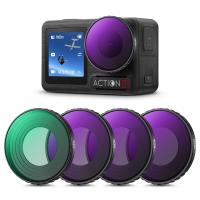

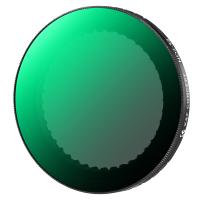
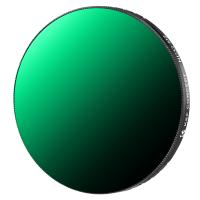

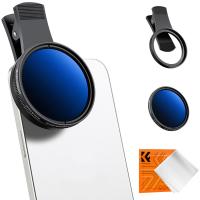



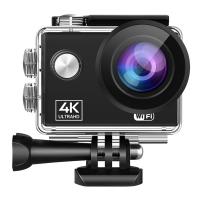




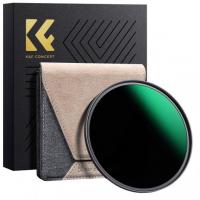

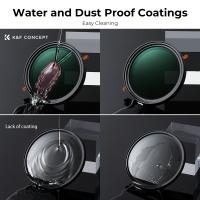

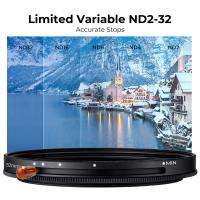

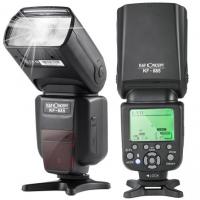

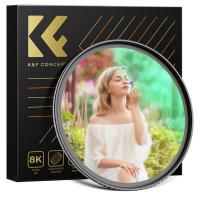

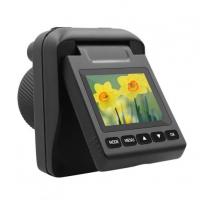
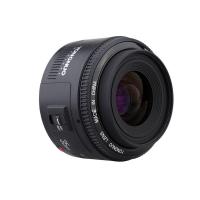








There are no comments for this blog.